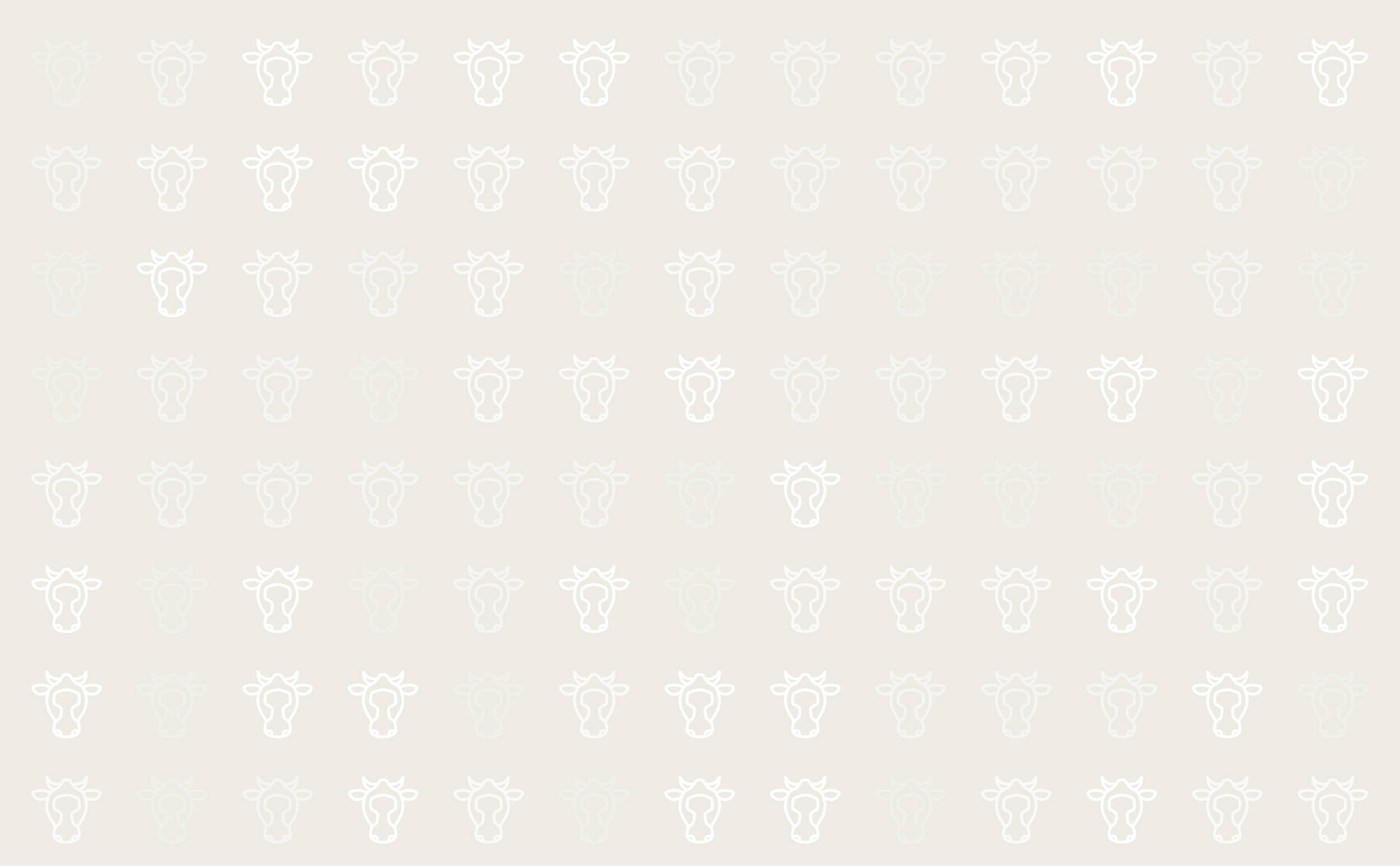



Selenium Deficiency in Adult Dairy Cattle
Selenium is an essential element for animals, but not
plants. It is required for growth and to aid resistance to diseases, being involved in the production of antibodies and in
the killing of micro-organisms engulfed by
macrophages.
The dietary
requirement of cattle is 0.05 to 0.1 mg
Se/kg.
Cause
Many pastures are short in natual selenium levels. Therefore cattle should be supplemented.
The level of selenium in pasture is dependent on the level of selenium in the soil.
There is a marked seasonal variation in the selenium
nutrition of grazing livestock, with lowest levels
occurring in spring and summer.
Unsupplemented cattle at pasture, such as late lactation or dry cows and cycling heifers are much more likely to show signs of selenium deficiency than housed cattle on a balanced mineral ration.
Symptoms
In calves, white muscle disease is a sure sign of selenium deficiency. Lesions occur in skeletal and/or heart muscle. The clinical signs of white muscle disease vary according to the particular muscle groups affected. Skeletal muscle groups commonly affected include those of the upper fore and hind limbs, and affected animals walk with a stiff-legged gait or are unable to stand. Lesions in heart muscle may produce sudden death, and in intercostal muscles may produce respiratory distress.
In older cattle selenium deficiency is often linked to other diseases including retained fetal membranes, cystic ovaries, anoetrus, early and late embryo death, mastitis and increased somatic cell counts.In these cases, selenium deficiency will not be diagnosed on clinical signs alone. Blood sampling will identify selenium levels.
Treatment
The first priority must be to treat the symptoms seen, e.g. progesterone treatment for cysts and intramammary antibiotics for mastitis. Selenium supplementation is a long-term solution. If supplementation is required, a proper preventative programme must be instigated.
Prevention
The control and prevention of selenium deficiency depends upon increasing the supply of selenium. Vitamin E is commonly supplemented with selenium, as there is a significant interaction between the two. Supplementation can occur via :
Injection: Strategic injection of selenium/ vitamin E at specific timepoints, such as 20 days before calving for the prevention of retained fetal membranes, can be beneficial particularly in cattle that are not receiving supplements. Ask your vet for advice.
Dietary supplementation: The dietary requirement for ruminants is 0.1mg/kg of selenium, which is easily and cheaply attained with the inclusion of selenium in feed supplies or salt and mineral mixes. Selenium can be toxic, therefore all feed should be analysed before supplementation begins.
Pasture topdressing: The application of sodium selenate to pasture (at a rate of 10g/ha) can be used as an economic alternative to individual dosing.

